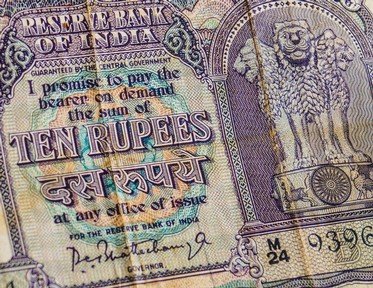Quiz Answer Key and Fun Facts
1. Shimla is the capital of Himachal Pradesh, but was once the capital of which of these former states of India?
2. Himachal Pradesh shares its smallest state border with which of these?
3. Himachal Pradesh is home to the oldest alcohol distillery in India. It is which of these?
4. The highest mountain peak of Himachal Pradesh is which of these?
5. There is a museum in Himachal Pradesh that was once a prison. Where in Himachal Pradesh is it located?
6. In 1959, the 14th Dalai Lama fled Tibet to which place in Himachal Pradesh?
7. Himachal Pradesh is home to the second-oldest still-operating Bon monastery in the world. It is located where in the state?
8. The highest lake of Himachal Pradesh is which of these?
9. Which of these is a railway of Himachal Pradesh that was included as a UNESCO World Heritage Site in 2008?
10. Himachal Pradesh is home to the highest cricket stadium in the world. It is also home to the highest sports stadium used for which of these?
11. Which of these rock cut temple complexes are located in Himachal Pradesh?
12. The largest natural lake in Himachal Pradesh is which of these?
13. Located in Shimla, Jakhu Temple is dedicated to which Hindu deity?
14. Shimla possesses the second-oldest Christian church in North India. It is which of these?
15. The official language of Himachal Pradesh is which of these?
Source: Author
LuH77
This quiz was reviewed by FunTrivia editor
agony before going online.
Any errors found in FunTrivia content are routinely corrected through our feedback system.

